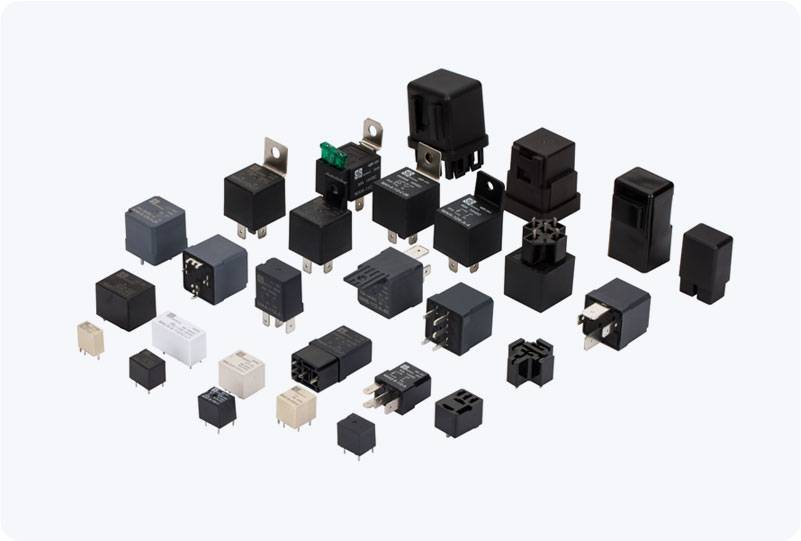Insulation Monitoring Relay (IMR) is an essential safety device used in electrical systems, especially in IT (Isolated) systems, where the neutral point is not grounded. The main function of the IMR is to continuously monitor the insulation resistance of electrical systems, ensuring that any insulation failure or grounding issues are detected promptly to protect both the equipment and personnel. In this article, we will explore the working principle, key features, applications, and the importance of Insulation Monitoring Relays in modern electrical installations.

Working Principle The Insulation Monitoring Relay operates by measuring the insulation resistance between a live conductor (typically the neutral or a phase conductor) and earth. In a grounded system, the electrical fault may lead to a short circuit or a leakage to the ground, but in an isolated system, such leakage may not be immediately evident without proper monitoring. The IMR detects any reduction in insulation resistance, which may indicate a fault condition, and promptly alerts the user. It plays a critical role in ensuring that an electrical system remains safe to operate without the risk of electrical shock, fire, or equipment damage.